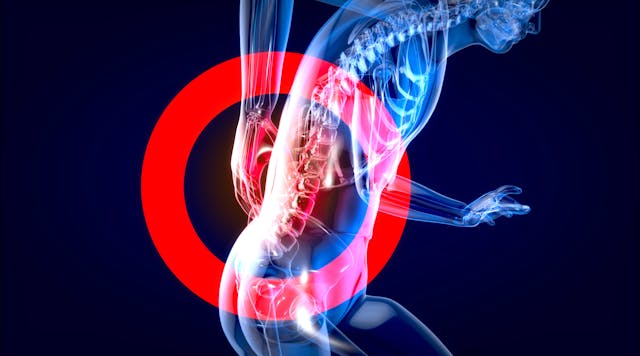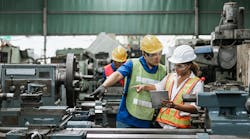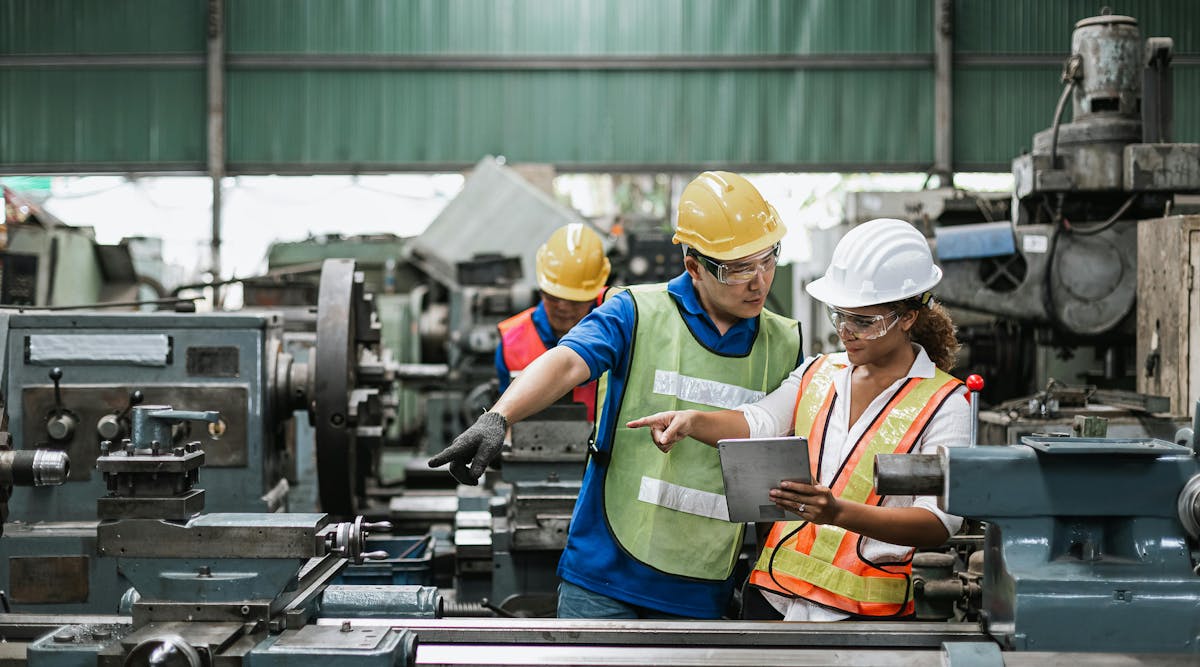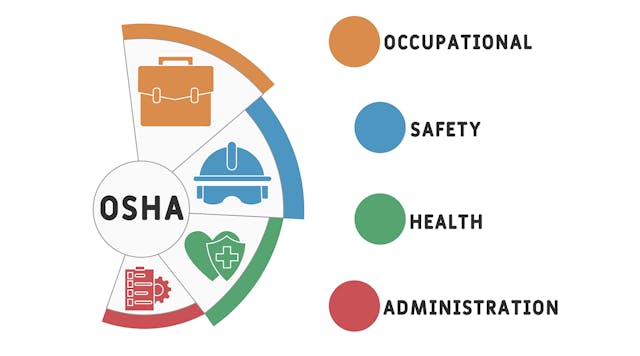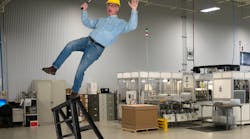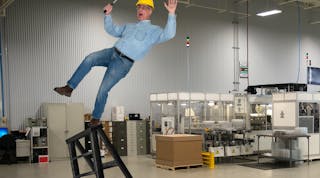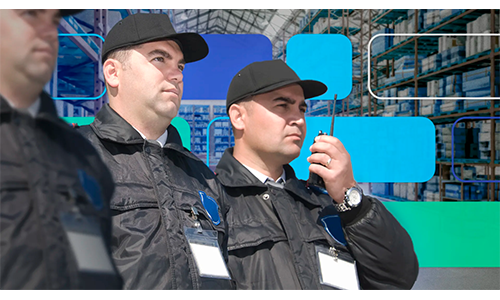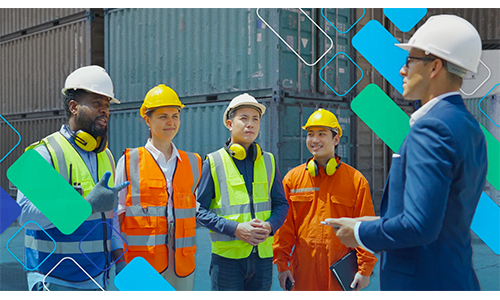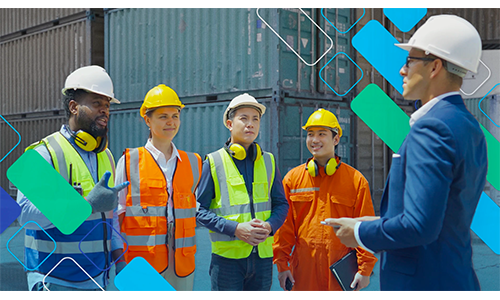Humans are somewhat limited in the vast maze of workplace interactions. We don't possess computational brains, can't be omnipresent, and, while we think in patterns, tracking them in real-time is a challenge. These limitations underscore the pressing need for a more holistic approach to workplace safety, particularly in the realm of ergonomics.
To truly manage Occupational Health and Safety (OHS), we must embrace a systems thinking approach, which means observing the whole environment and the connections between its parts; it isn't just about isolated incidents, it's a dynamic interplay of countless factors, each influencing the other within the workplace.
While academic safety research has championed this comprehensive perspective, its real-world application often falls short. The human brain, though remarkable, has its boundaries. Remembering every detail, anticipating every risk and discerning every trend that could impact worker safety is beyond our singular capacity. We can't be everywhere at once, track every pattern as it unfolds or recall every detail.
But artificial intelligence (AI) can. It digests the plethora of data our senses encounter, then promptly compartmentalizes, categorizes and processes it all. Afterword, AI presents us with a lucid road map of our organization's safety landscape while also highlighting areas needing attention, intervention or enhancement.
A new chapter in the Australian publication “OHS Body of Knowledge" provides an overview of the systems thinking approach to OHS, its theoretical underpinnings and core safety models, which emphasize its vital role in risk assessments.
Risk assessment, with its forward-thinking approach, complements systems thinking by diving deeper into understanding and mitigating potential threats to worker welfare. While systems thinking provides a holistic perspective, risk assessment zeroes in on the details, allowing for the identification of specific hazards. These two methodologies, when paired, can create a comprehensive safety framework, ensuring no detail is overlooked. Unlike accident analysis, risk assessment centers around the proactive identification of hazards and associated risks, estimating the probability of their occurrence.
With the integration of ergonomic AI technologies, safety programs have the potential to transform, as AI provides predictive insights and data-driven strategies. Combining a systems thinking strategy with advanced AI technologies refines the process of identifying, comprehending and managing ergonomic risks. Systems
Systems Thinking in the Context of Risk Assessment
Traditional risk assessments tend to offer a fragmentary view, centering on individual behaviors and identifying errors and faults arising from poor judgment or flawed beliefs. However, according to a recent paper by Read, et al., this isolated perspective is increasingly recognized as inadequate for truly improving safety and optimizing overall system and organizational performance. Instead, what is required is a shift towards systems thinking risk assessment, focusing on the intricate interplay of various human and non-human factors across all levels of a system.
The core principles of systems thinking risk assessment involve holism, complexity and multi-scale factor interactions encompassing numerous interconnected components, such as workers, work processes, equipment, environment, organizational culture and management strategies. It acknowledges that anticipating potential loss events necessitates an appreciation of the whole workplace system as more than just the sum of its parts.
The Role of AI Technology Addressing Ergonomic Risks
Utilizing AI in OHS risk assessments significantly enhances the application of systems thinking. These technologies are adept at quickly capturing and evaluating work tasks, providing an in-depth insight into the entire work system. Through sophisticated algorithms, AI can immediately identify ergonomic risks, enabling prompt risk control actions.
The integration of AI with systems thinking shifts the perspective from individual error attribution to the recognition of systemic factors contributing to safety challenges. By efficiently processing complex datasets from work systems, AI offers invaluable assistance, turning the lens towards the intricate connections and broader patterns.
For example, by scrutinizing task sequences, AI may pinpoint that the location of a particular tool is a source of strain for workers. This goes beyond individual ergonomic risks and delves into how tasks, tools and employees are interconnected, potentially prompting changes, such as tool repositioning to optimize the workflow. Its keen observation can differentiate ergonomic threats across various employee groups. Such distinctions are crucial, as they reveal feedback loops and underscore the importance of tailoring training modules to address specific needs, ensuring uniform safety standards throughout the organization.
The depth of analysis also translates into understanding the subtler nuances of workplace dynamics. Noteworthy shifts in ergonomic issues or changes in organizational culture can be indicators of underlying systemic challenges, possibly pointing to lapses in addressing safety concerns or shifts in safety priorities. Similarly, when AI identifies patterns of resistant behaviors, it's sounding an alarm that the overarching system might be veering off the path of safety objectives.
It's important, however, to acknowledge the concerns of safety professionals about automation. Some fear that the rise of AI might render their roles redundant or distance them from the personal connections they maintain with workers. The truth is far from it.
AI is not here to replace but to augment and enhance the roles of safety professionals. Instead, they can be “virtually present” across multiple locations, ensuring safety standards are maintained everywhere without spreading their resources too thin. AI provides safety professionals with a broader and deeper perspective, equipping them with insights that might be difficult to glean with the human eye alone.
AI also allows for a more participatory approach where workers and safety professionals can collaboratively review real-time data, creating a shared responsibility. This helps workers to understand their environments better, while safety professionals can harness AI's insights to devise more effective interventions. By automating certain measurements and assessments, safety professionals can then focus on more complex tasks and strategic initiatives.
A crucial aspect of this development will be the collaboration among AI specialists, technology providers and safety professionals. This partnership will ensure the meaningful application of AI tools, grounded in a comprehensive understanding of work systems and their inherent complexities.
While the use of AI is still evolving, the synergistic application of combining these approaches will inevitably shape the future of OHS. At its core, AI gives safety professionals an opportunity to delve deeper into systems than ever before, unearthing intricate patterns and risks that might remain elusive to the human eye or recording capabilities.
We should not choose to remain entrenched in old methodologies when the safety of our employees hangs in the balance. As with other industries, the field of workplace safety should be agile, adapting and evolving at pace, if not faster. The stakes here are not mere numbers or profit margins, but the very livelihoods of individuals.
Embracing a holistic approach through systems thinking, and supercharging it with AI, isn't just a step forward for a company. It’s a leap towards a commitment to the highest standards of welfare. It's more than a wise business move. It's a moral imperative.
Toni-Louise Gianatti is passionate about aiding workers, leaders and organizations in comprehending the complexities of human body movement and ensuring safe, efficient motion and posture. She holds qualifications in human anatomy, business and leadership, alongside 30 years as a certified teacher trainer. Gianatti has directed transformative movement practices and authored training manuals across the globe, including over 50 published articles and case studies that demonstrate her commitment to promoting safe, efficient and injury-free movement. Her current work at Soter Analytics showcases the intersection of technology and anatomy, particularly with wearable tech and AI for injury prevention. She is based in Australia.


